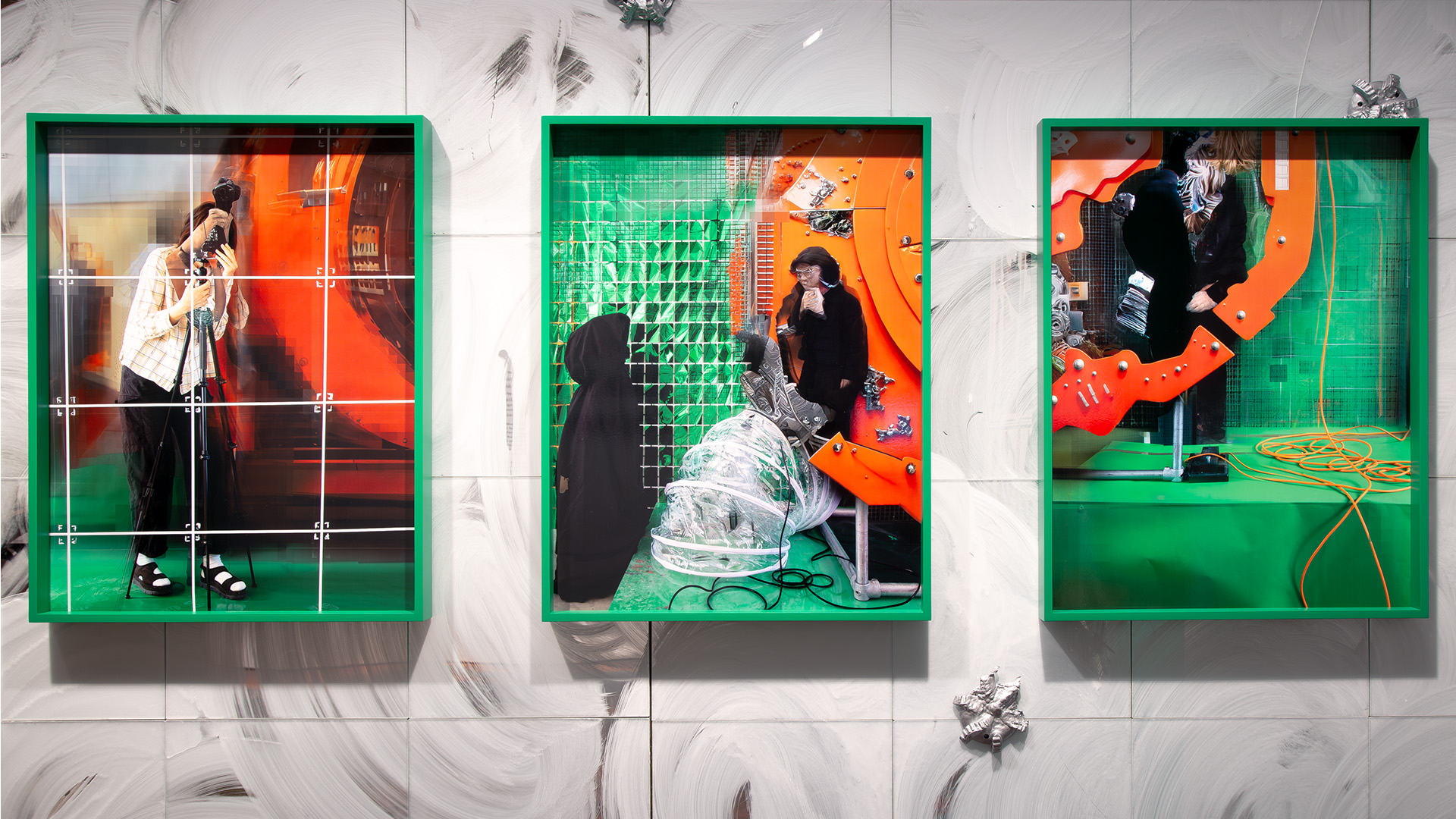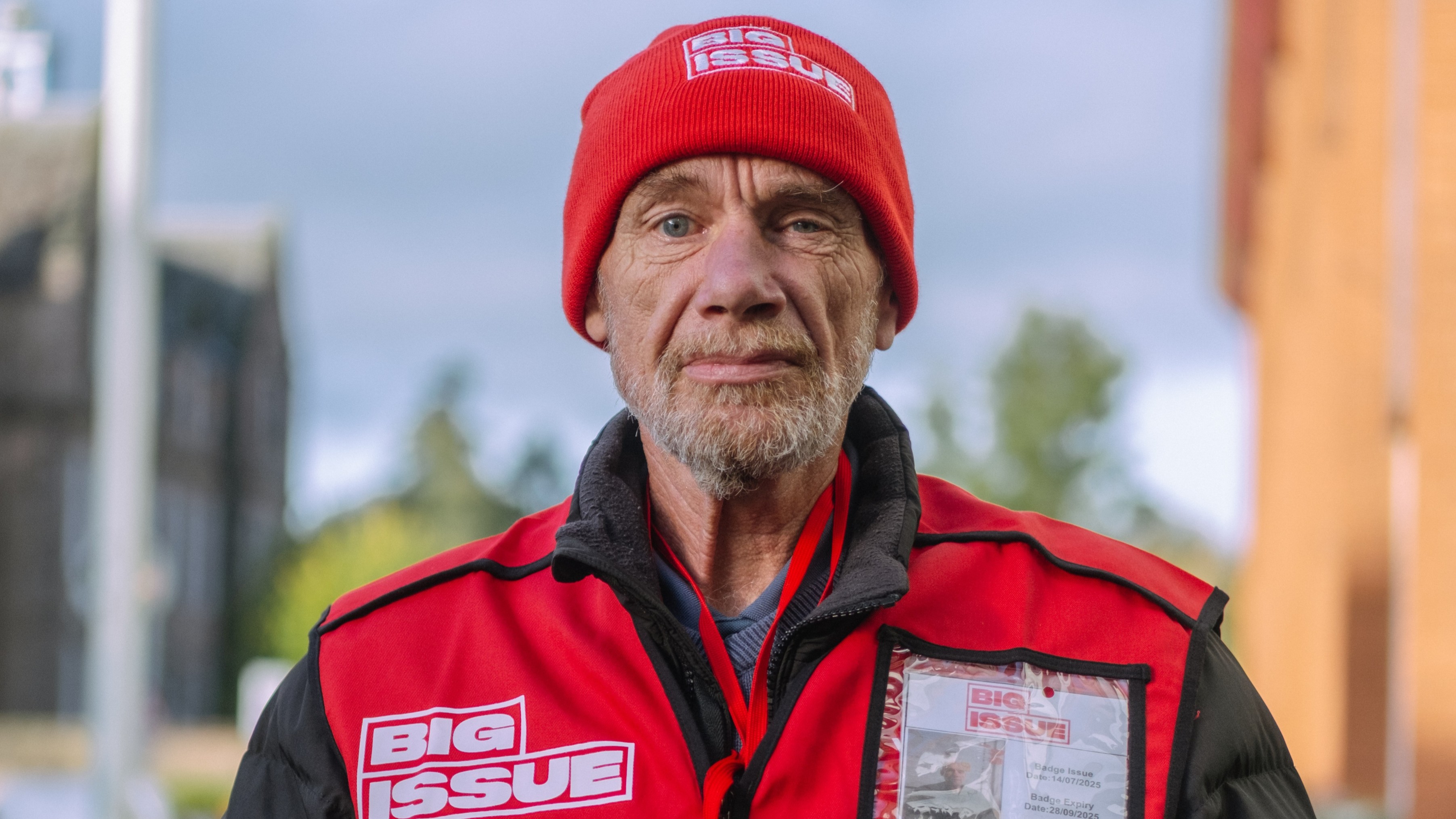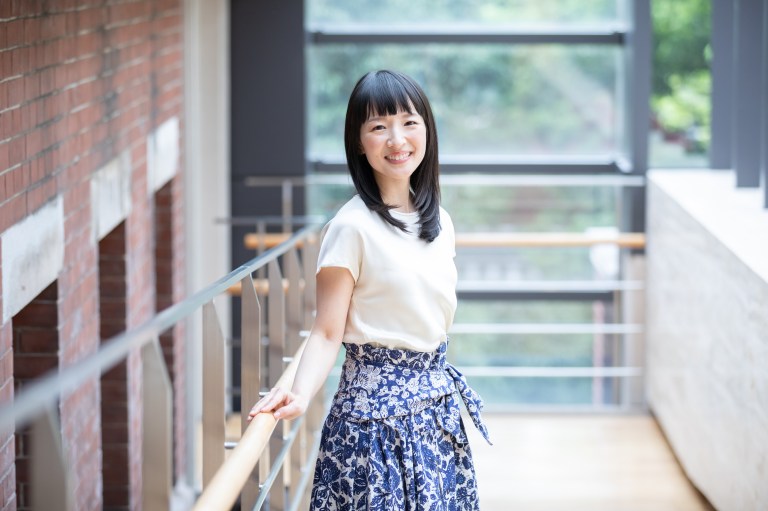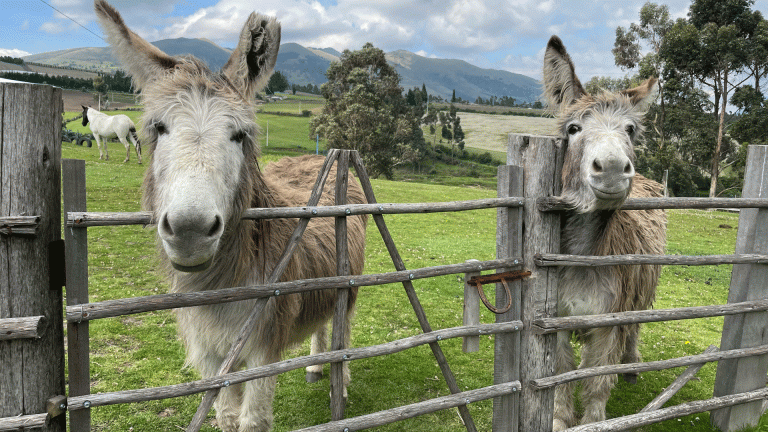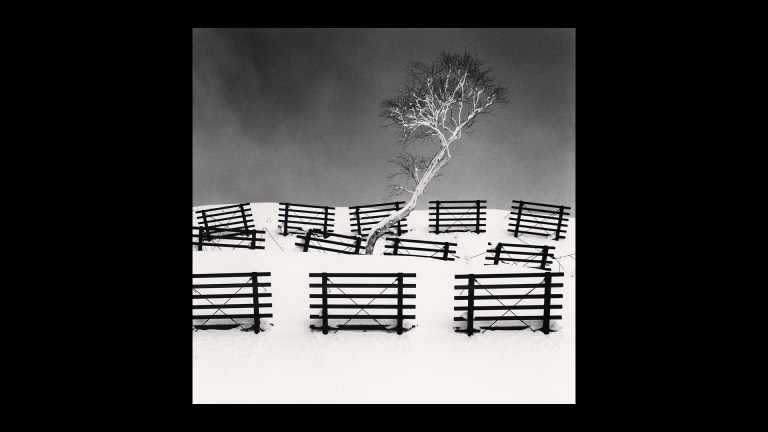In a recent interview, artist and writer Victor Burgin was asked to reflect on the state of contemporary image production in relation to his seminal 1982 book Thinking Photography. The most fundamental change with the arrival of AI, Burgin said, is that photography is no longer just shaped by ideology, but has also become its vehicle. When we generate media using AI platforms, we are reproducing the worldviews embedded within its training data.
The synthetic outputs of AI models are the result of aggregating billions of images scraped from all corners of the online sphere, converged as an average. Filmmaker and writer Hito Steyerl calls these mean images, understanding the AI-generated image as an approximation of society’s views of itself. We might understand mean to refer to the average and therefore the mediocrity of images generated using machine learning tools. But it can also refer to their intention.
Get the latest news and insight into how the Big Issue magazine is made by signing up for the Inside Big Issue newsletter
As an artist working with photography, this notion feels ripe for interrogation. I have spent recent years exploring the complex layers of the AI-generated image – an investigation that began with acknowledging the infiltration of AI slop (as it is known) into popular media.
But as AI scholar Kate Crawford highlighted recently, slop is not only waste. It is also fuel. And this inquiry developed to reveal the vast infrastructures on which these images rely – bringing the politics of surveillance, data extraction, and the exploitation of land, resources and labour to the surface of the image.
From energy-hungry data centres consuming millions of gallons of water to radioactive waste dumped in the mining process, the material footprint of AI-generated images has huge planetary consequences. Through a four-chapter evolving installation work titled Variations, I have been attempting to unveil the machine that drives contemporary image production.
